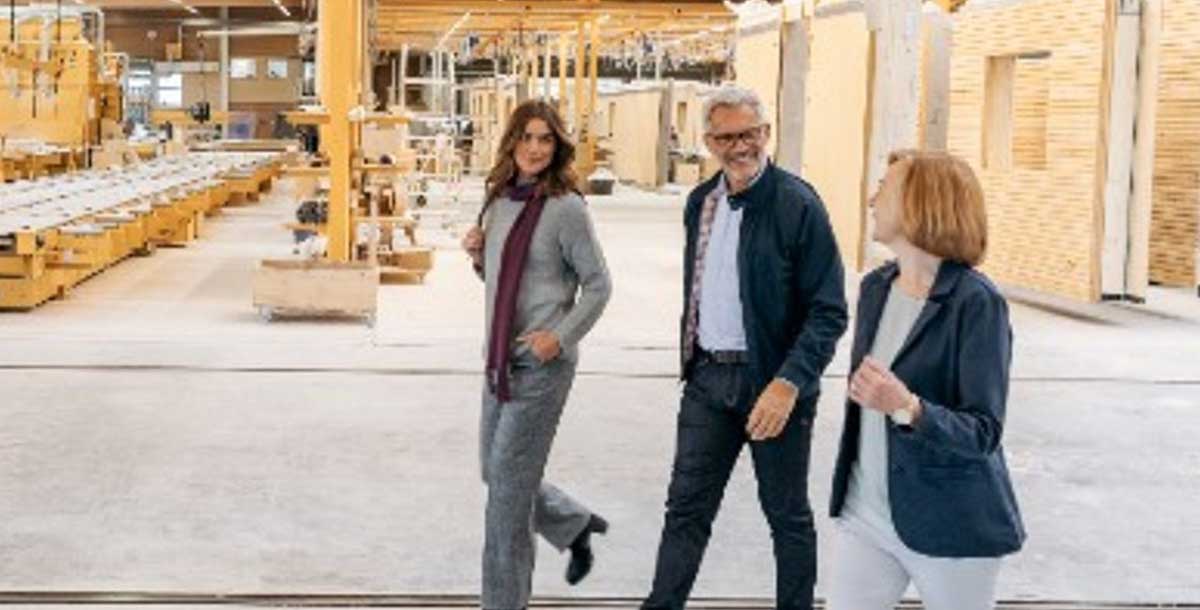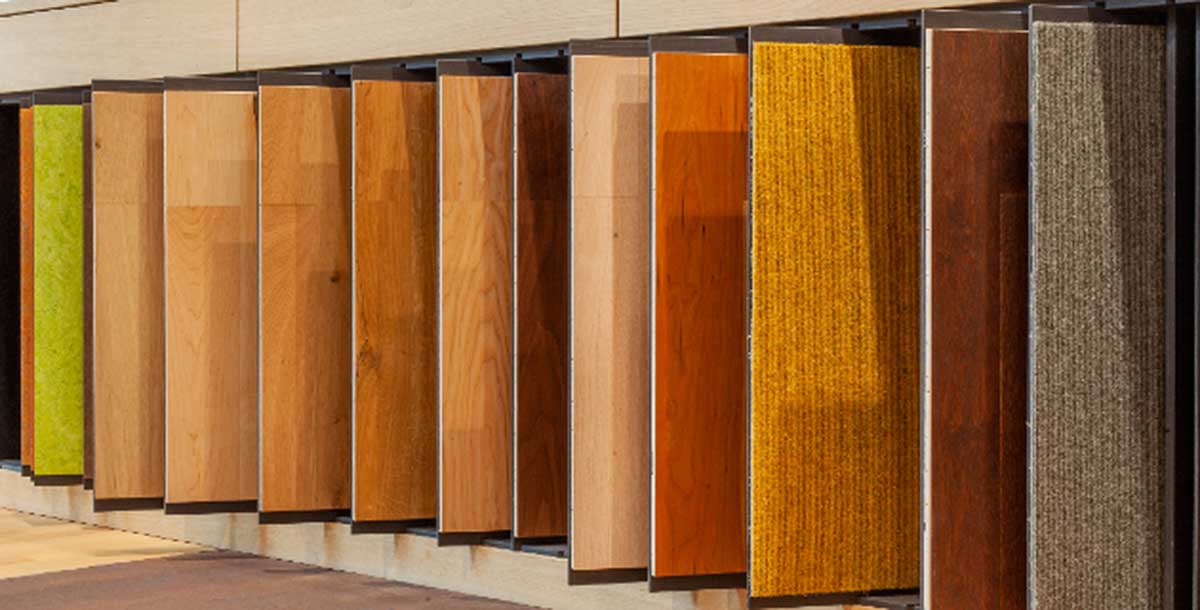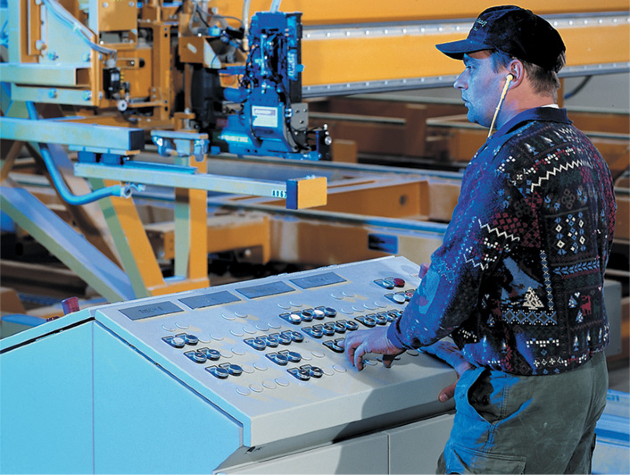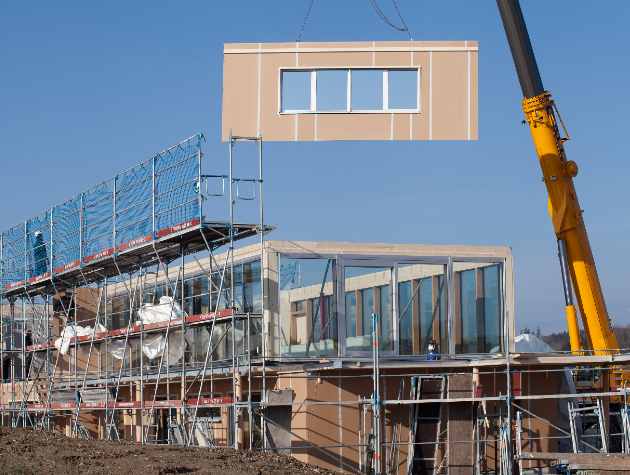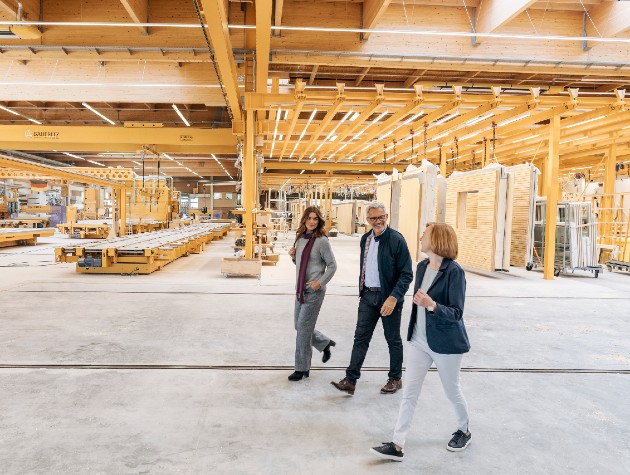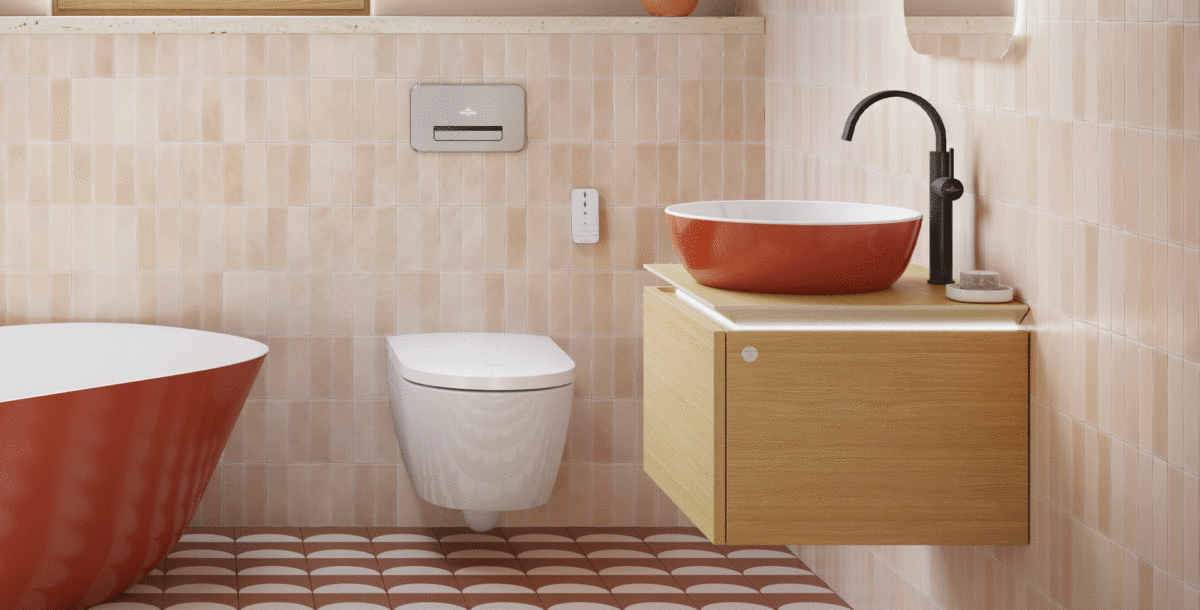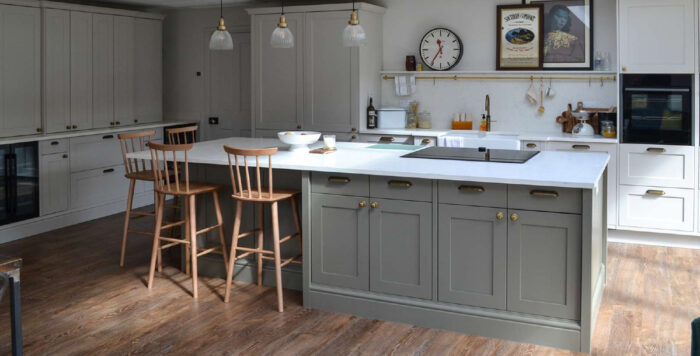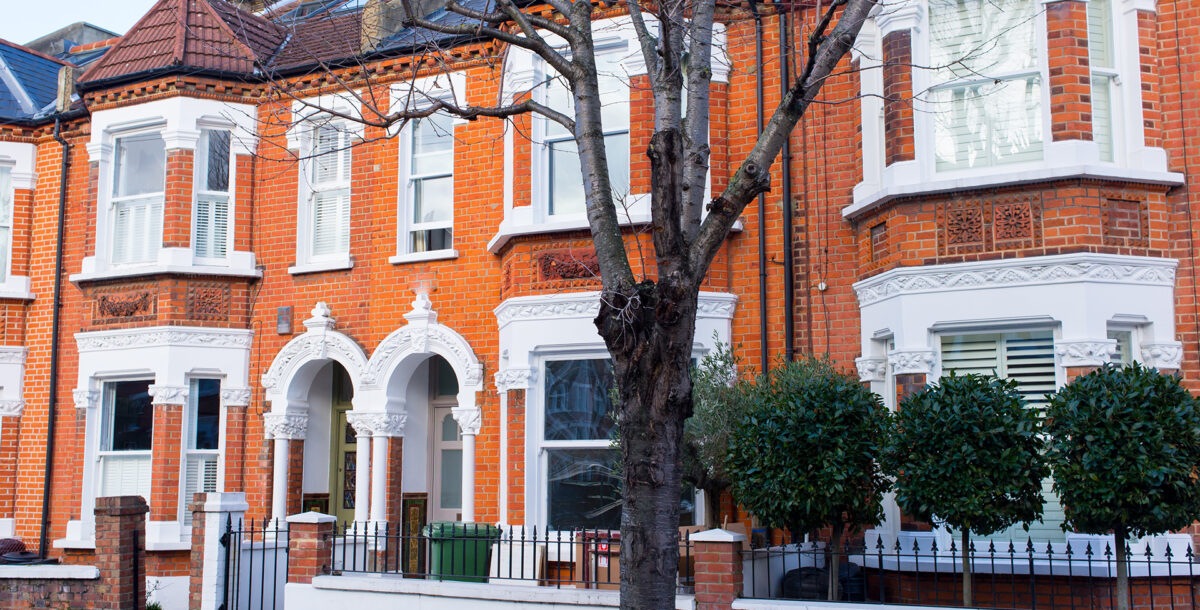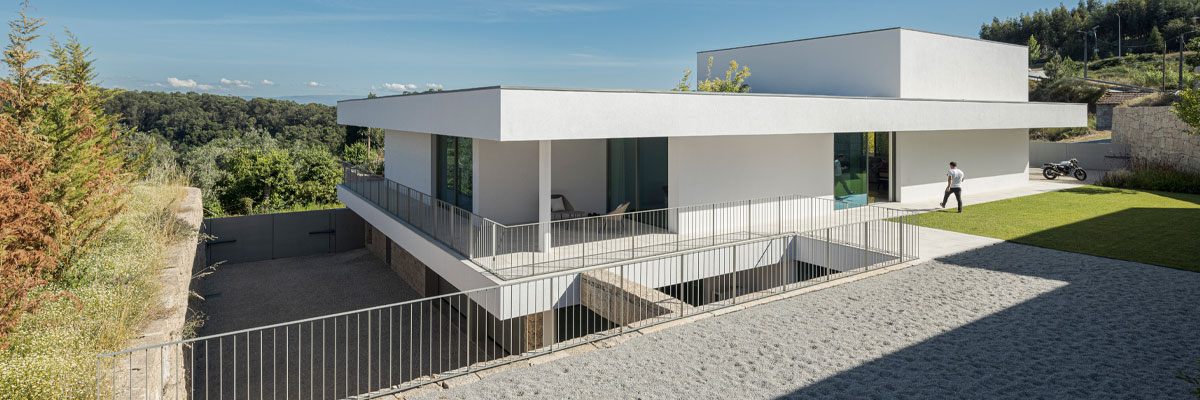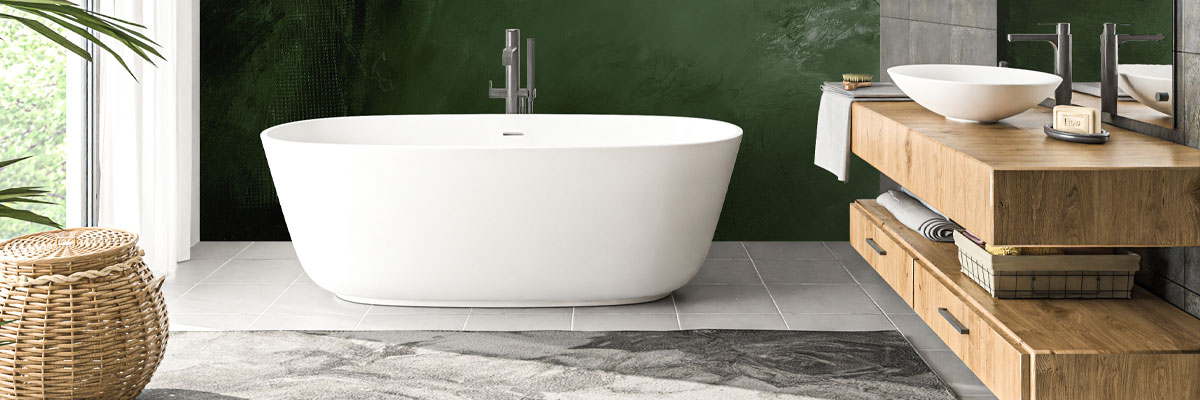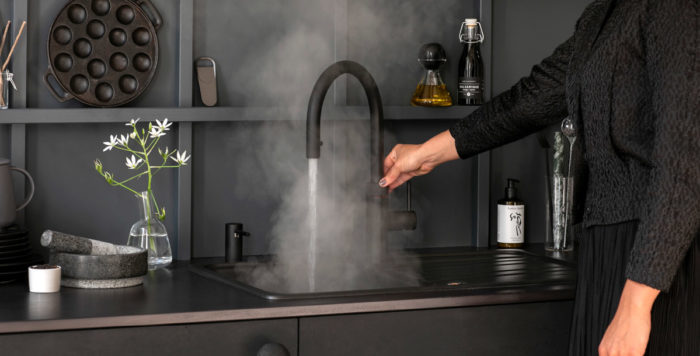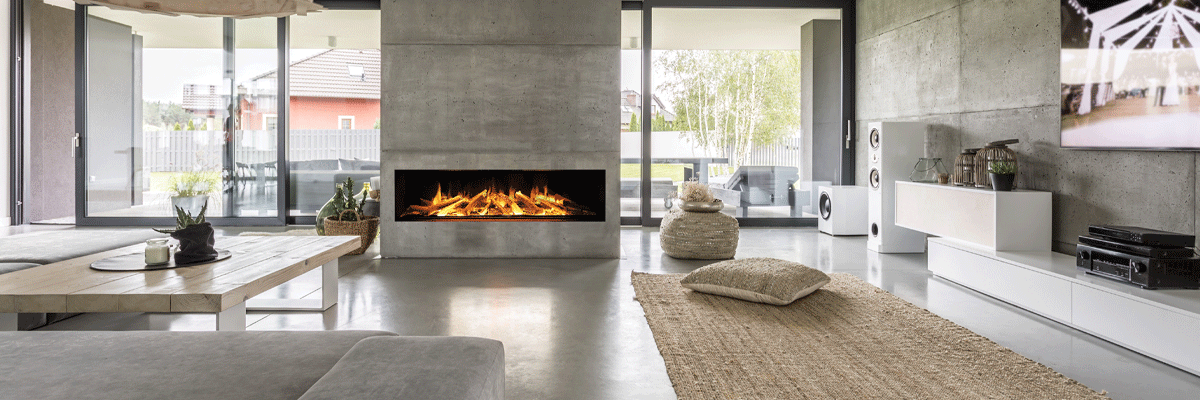Discover why a prefabricated house might be perfect for you
German-engineered prefabricated homes are a byword for quality and sustainability. Discover the secrets of the methods in making these fabulous modern houses.
Inside the modern construction methods delivering dream homes.
PROMOTIONAL FEATURE
There has been a revolution in housebuilding. Traditional methods have been making way for innovative prefabrication that has put sustainability and high quality at its core. Architect Anthony Cooper of Baufritz gives us the inside scoop on modern prefab construction…
Beyond bricks and mortar
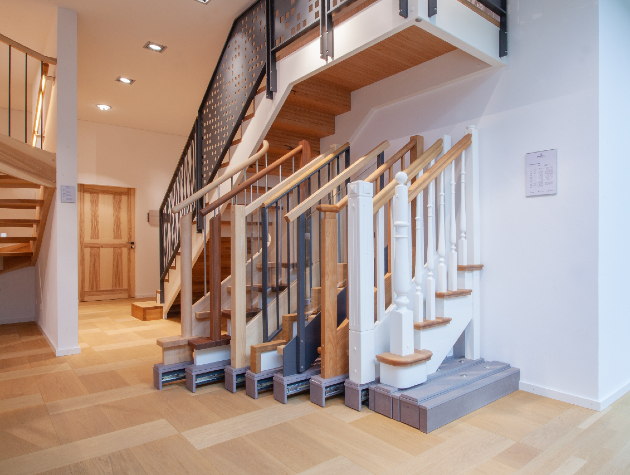
Image: Baufritz
Brick and block construction are what most people associate with housebuilding, so much so that the term bricks and mortar represent stability in the English language. This building method typically has an outer layer of brick, a cavity, and an inner layer of concrete blocks. Although this is still the most popular building method, the way we build houses is changing.
More and more elements of the build are being manufactured off site, then transported on a lorry ready for on-site erection. With year-on-year growth and market share of around 30%, utilising alternative construction methods is definitely worth further investigation.
The second most popular construction method is timber frame, representing around 25% of all new homes. With this method, the frame acts as a superstructure, supporting the entire building and reducing the need for internal load-bearing walls, thus allowing the creation of open plan living spaces.
A smaller yet growing proportion of developments are using insulated concrete form work, where hollow interlocking blocks are stacked to create a mould, which is then filled with ready mixed concrete. This is an extremely quick way of constructing walls. Similar to the concept of timber frame, Structural Insulated Panel construction uses panel elements fabricated in a factory and transported to site enabling rapid construction of wall, floor and ceiling elements. There’s a lot to consider when planning a new home.

